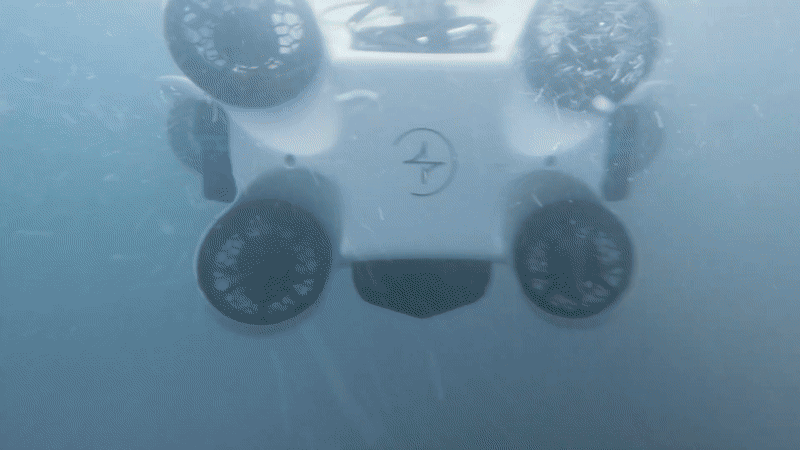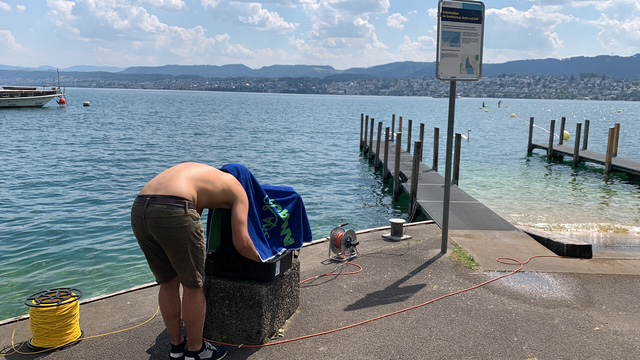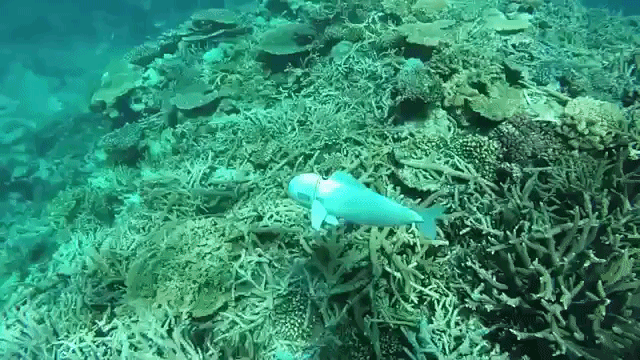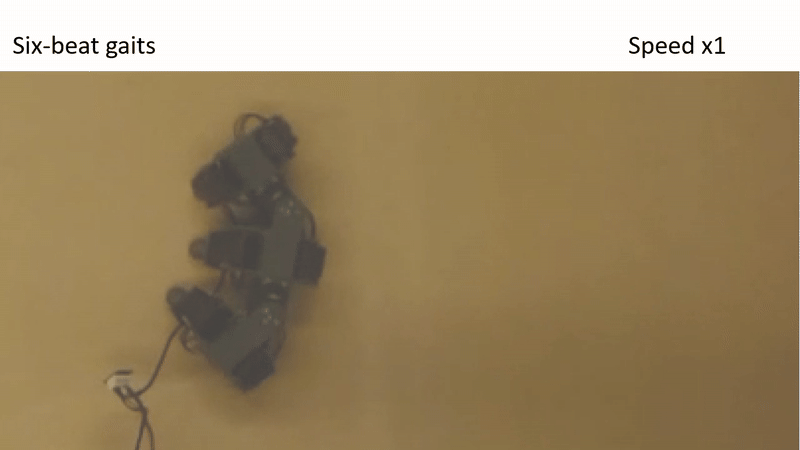Other Projects
A selection of various projects from my research internships or from my old CRAB lab projects.
The main project I worked on when I was part of the PoWeR lab was under the supervision of Amro Alshareef during Spring 2023. With his help, I designed and implemented a PID control system in Simulink for Bump’Em, an open-source bump-emulation platform developed at Stanford University, that we recreated in our lab at Georgia Tech to study human balance and gait.
Tethys is a spin-off project at ETH Zurich’s Autonomous Systems Lab, led by Prof. Roland Siegwart, dedicated to developing autonomous underwater vehicles (AUVs) for exploration, environmental monitoring, and search-and-rescue missions. During my Summer 2023 internship, I contributed to multiple aspects of the project, while simultaneously taking two Georgia Tech courses and attending an ETH course in ROS for master’s students.
Specifically, my responsibilities included: autonomously testing the robot in the wild, design a legged retractable automatic locking mechanism to ease robot deployment, planning to improve underwater locomotion by both designing SLAM-based algorithms and soft-robotic components (Tethys was in that period collaborating with Prof.Katzschmann).



The Flexybot project is the result of a collaboration between my mentor Baxi Chong and former MIT PhD student Di Luo, aimed at introducing a novel contact planning framework for multi-legged robots by mapping the planning problem to spin models (Potts and Ising). This enables the discovery of globally optimal gait sequences for complex locomotion. This was my first project in the lab, and my contributions included:
- Mechanical design and prototyping of the hexapod
- Basic control design, robot testing, and high-level analysis
Despite the introductory role, it helped me grasp key concepts of robotic locomotion as well as how to read papers and conduct research projects properly (all things that I am still learning, of course).

I spent my two months of my first summer at Georgia Tech at Domenico Prattichizzo’s lab at Siena University, while taking two Georgia tech courses.
The project focused on validating the hypothesis that thermal modulation at the fingertip can create the illusion of a broader contact surface, due to the temperature dependence of human skin’s viscoelastic and moisture properties.
My contributions included:
- Designing and assembling a simple custom hardware setup for generating thermal illusions
- Developing a feed-forward temperature control system in LabVIEW to enable real-time modulation and targeted haptic perception
- Carrying out literature review and writing a detailed report (which unluckily took most of the project time), used by the lab members to write an actual paper months after, by significantly improving and integrating my exploratory and inexperienced work: On the Correlation Between Tactile Stimulation and Pleasantness, IEEE TRANSACTIONS ON HAPTICS, December 2023